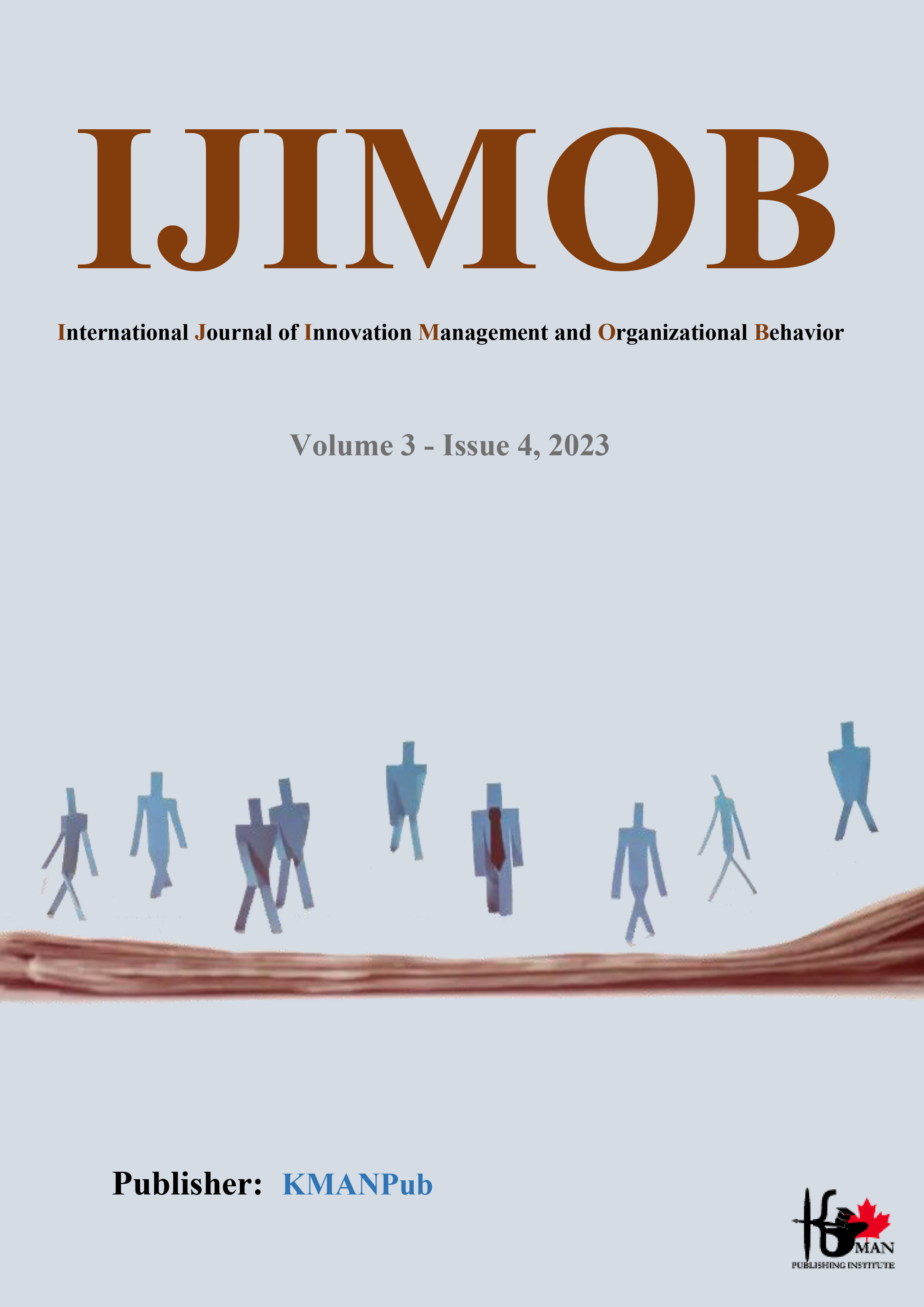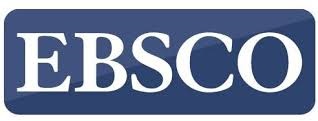Modeling the Effects of Reducing Barriers to Creating Learning Organizations Using Structural Equation Modeling (Case Study of Al-Qadisiyah and Kufa Universities, Iraq)
Keywords:
Modeling, Barrier Reduction, Learning Organizations, Al-Qadisiyah University, Kufa UniversityAbstract
Objective: The objective of this research was to model the reduction of barriers to the establishment of learning organizations at Al-Qadisiyah and Kufa Universities in Iraq.
Methodology: The current study is an applied research and utilizes a mixed-methods (qualitative-quantitative) approach. The research population consists of 12 experts whose opinions were used to identify the effects in the qualitative part, and the population for modeling included a group of faculty members from Al-Qadisiyah and Kufa Universities. The precise sample size of 91 individuals was obtained using Cochran's formula. The sampling method employed in this research was simple random sampling. The modeling of the effects of reducing barriers to creating learning organizations was initially identified using the Delphi technique, and then modeled and ranked using structural equation modeling and confirmatory factor analysis.
Findings: The research results demonstrated that the model of the effects of reducing barriers to creating learning organizations is underpinned by 10 causal conditions, 5 contextual conditions, 4 intervening factors, and 6 strategies, resulting in 6 major outcomes for the universities of Al-Qadisiyah and Kufa, Iraq, which include: development of organizational learning in universities, organizational outcomes, collective experiential learning, social learning, knowledge enhancement, and organizational entrepreneurship.
Conclusion: As the results indicate, communications play a crucial role in reducing barriers, being one of the most important causal conditions in this area. As it is evident, communication refers to all the means of connection among employees within Al-Qadisiyah and Kufa universities. Having internal communications will ensure that the cycle of knowledge and learning flows within the organization in an orderly manner. Possessing a wide array of communication tools such as telephones, email, the internet, and clear verbal communications between employees and various organizational departments is a pathway to reducing learning barriers.
Downloads
Downloads
Published
Submitted
Revised
Accepted
Issue
Section
License
Copyright (c) 2023 Ahmed Kadhim Tayyeh AlNaieli (Author); Mehrdad Sadeghi (Corresponding Author); Latif Abdul Reza Atiyeh, Saeed Sharifi (Author)

This work is licensed under a Creative Commons Attribution-NonCommercial 4.0 International License.
















